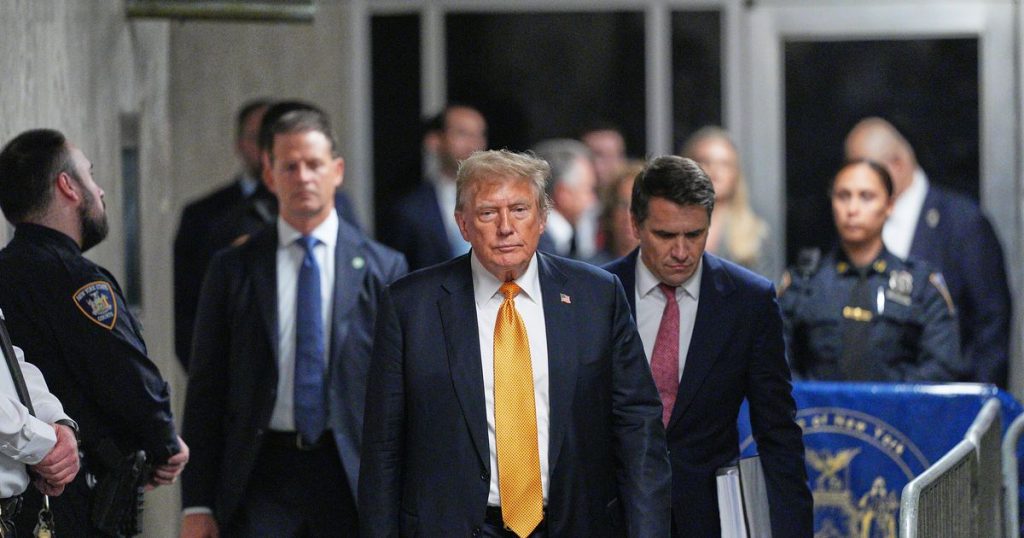In the trial of former President Donald Trump’s hush money case, New York Supreme Court Judge Juan Merchan gave jurors important instructions on how to evaluate the evidence and reach a verdict. Trump is facing 34 felony counts of falsifying business records related to payments made to Stormy Daniels. Jurors must determine if Trump intentionally falsified records to defraud someone or aid in the commission of another crime, specifically a conspiracy to win the 2016 election through unlawful means. Prosecutors argue that the payment to Daniels was to prevent her from speaking out about an alleged sexual encounter with Trump to protect his chances in the election. Trump’s defense claims he was unaware of the payment and has denied the affair.
Throughout the trial, prosecutors highlighted the damaging impact of the “Access Hollywood” tape on Trump’s campaign in 2016, leading them to believe he orchestrated the hush money payment scheme to prevent Daniels from publicizing their encounter. The prosecution has proposed three possible unlawful means through which Trump could have committed the crime: violations of the Federal Election Campaign Act, falsification of other business records, or violation of local tax laws. Individual jurors may interpret the rationale behind Trump’s actions differently while still finding him guilty on all counts. The jurors do not have to be unanimous on the exact details of the conspiracy but must agree that Trump falsified the records for unlawful purposes.
Merchan’s instructions to the jury emphasized the importance of evaluating the evidence, considering witness credibility, and presuming Trump innocent until proven guilty. Jurors were advised to apply their life experiences in assessing the truthfulness and accuracy of witness testimony. With the jurors now in deliberations, it remains to be seen how long it will take for them to reach a verdict. The jury’s decision will determine whether Trump is guilty of falsifying business records to conceal a conspiracy to unlawfully influence the 2016 election and whether he intentionally defrauded someone or an entity for another crime.
The trial has focused on the events surrounding the hush money payment to Daniels and its impact on Trump’s election campaign, specifically addressing whether the payment was a violation of campaign finance laws. Prosecutors argue that the public had the right to know about Trump’s actions to make an informed decision about his fitness for office. Trump’s defense maintains his lack of involvement in the payment and denies any wrongdoing. The jury’s verdict will hinge on whether they believe Trump acted with the intent to deceive and commit a crime in order to influence the election outcome through unlawful means.
Ultimately, the jurors will need to agree on whether they believe Trump orchestrated the hush money payment scheme as part of a conspiracy to win the 2016 election through unlawful means. While they may not need to agree on the specifics of the conspiracy, they must find that Trump intentionally falsified business records for fraudulent purposes. Merchan’s instructions to the jury outlined the legal criteria for determining guilt and the importance of evaluating the evidence impartially. The final decision rests with the jurors as they deliberate on the evidence presented in the case before reaching a verdict on Trump’s guilt or innocence in the hush money trial.


